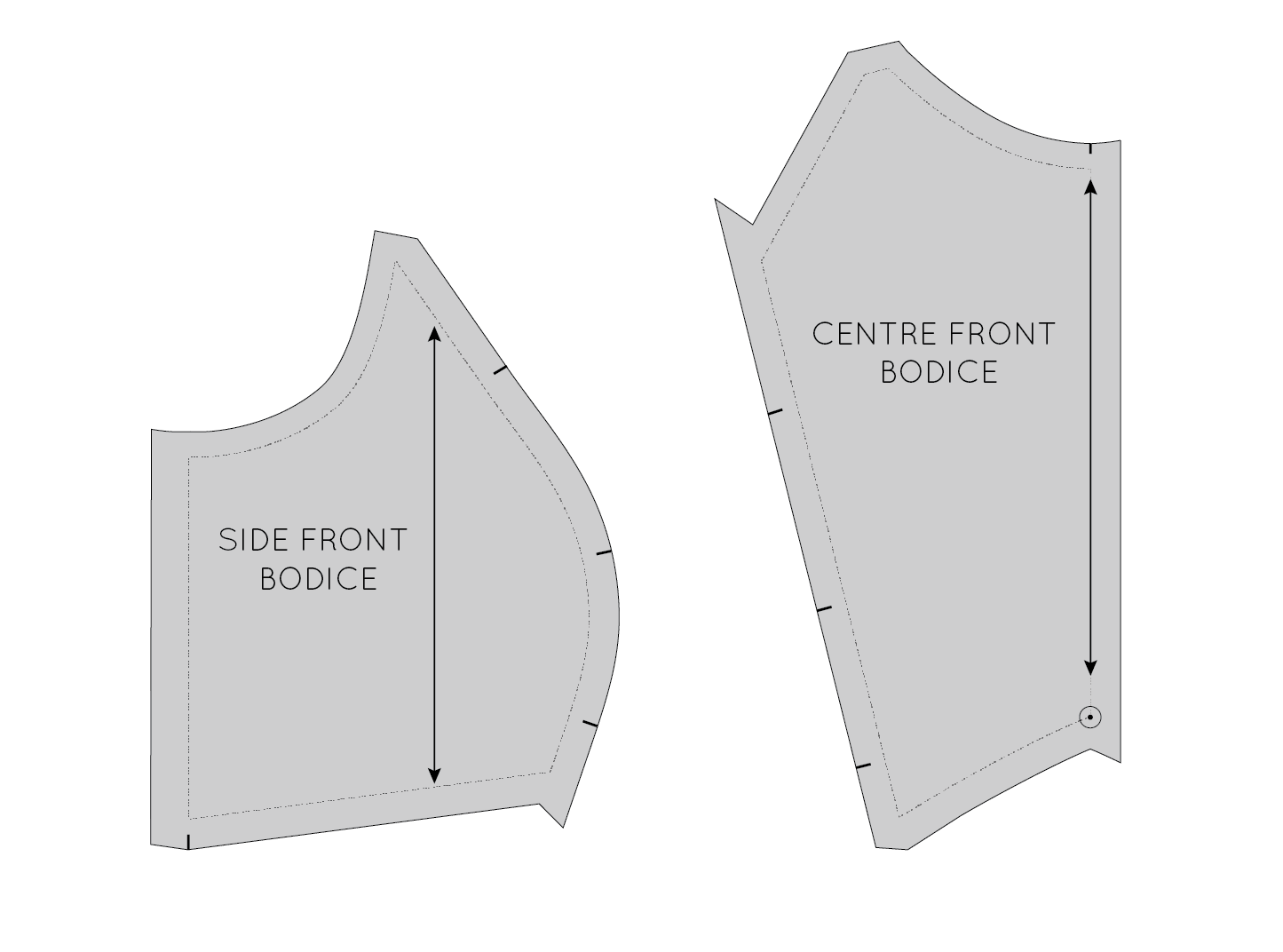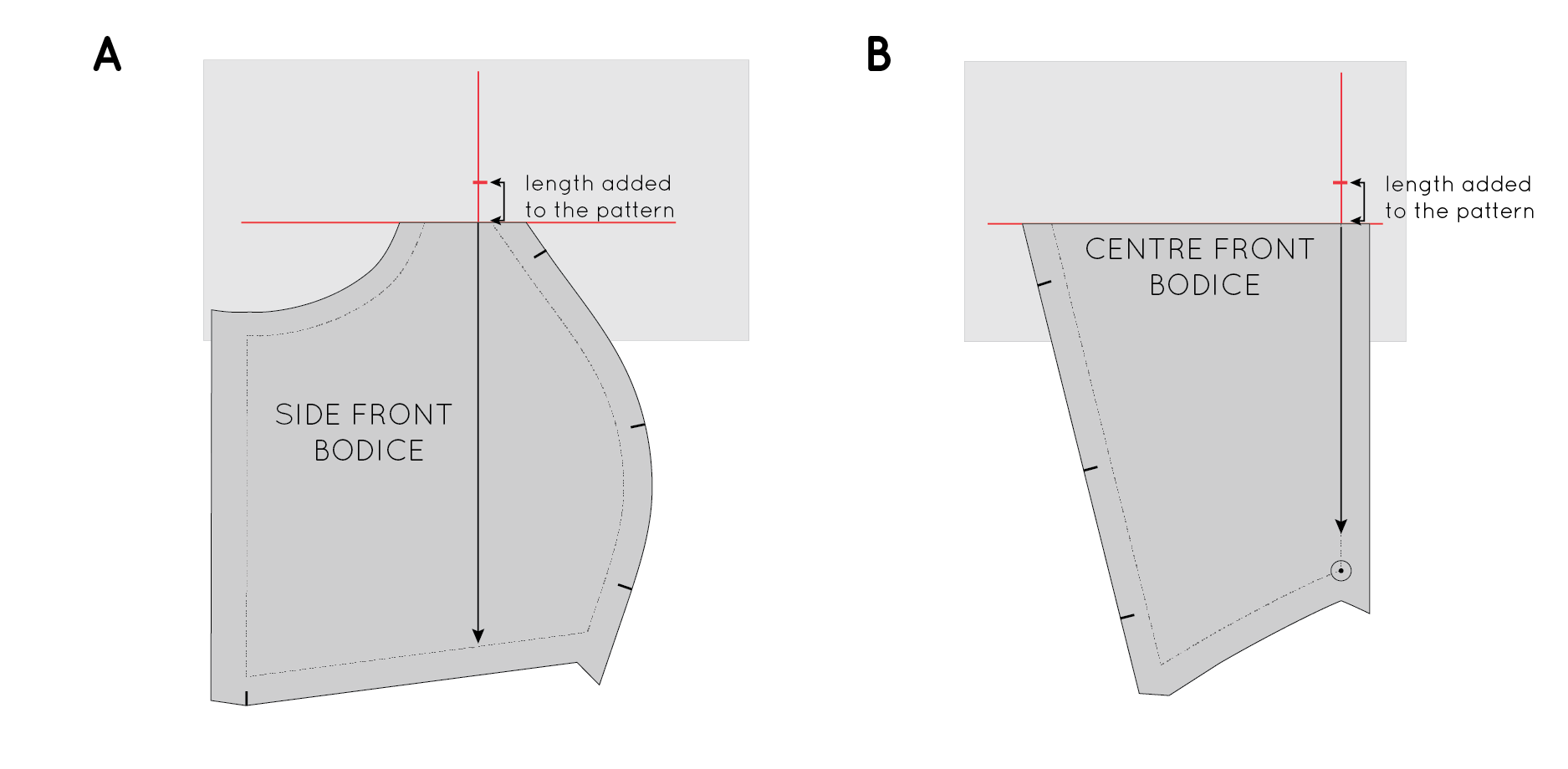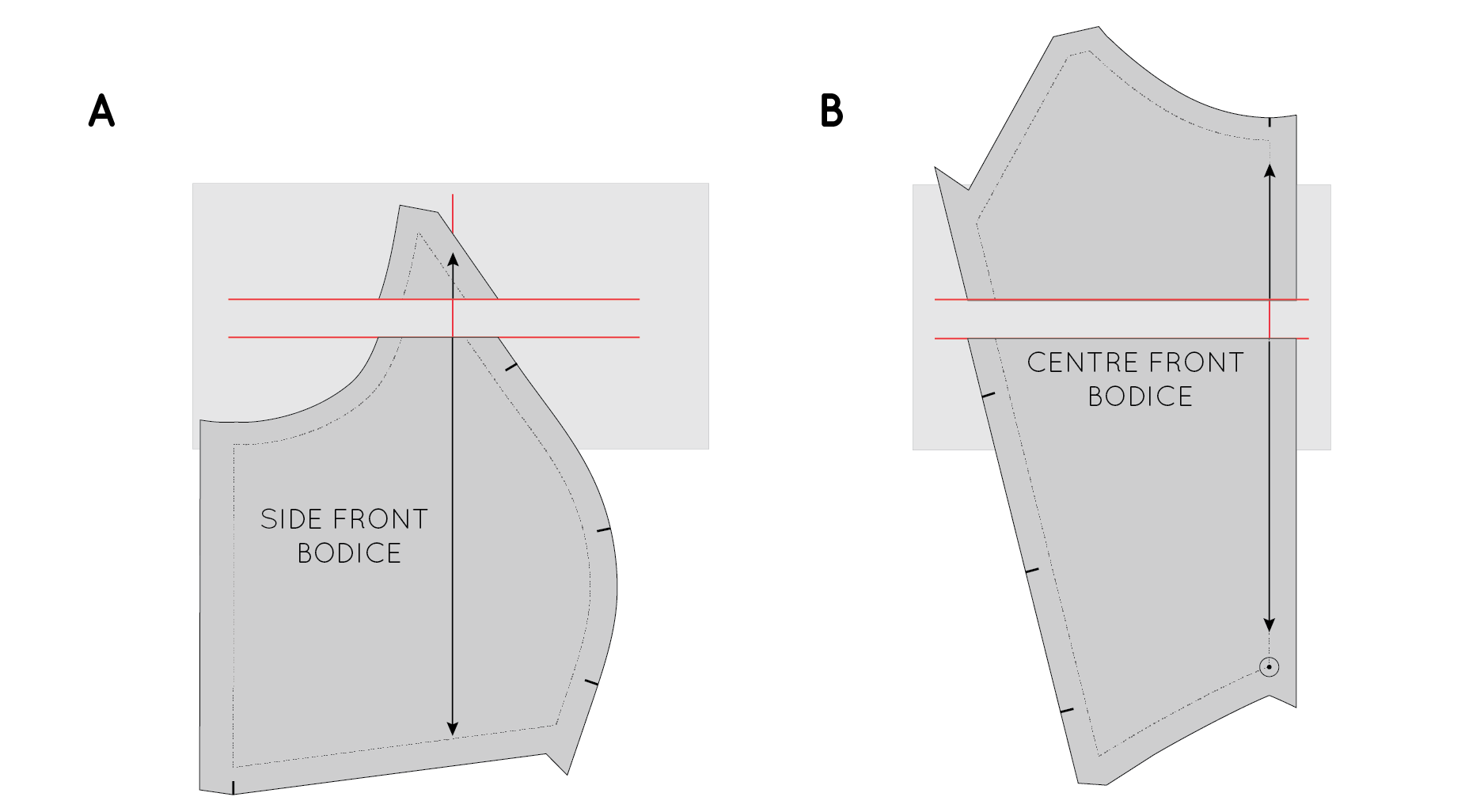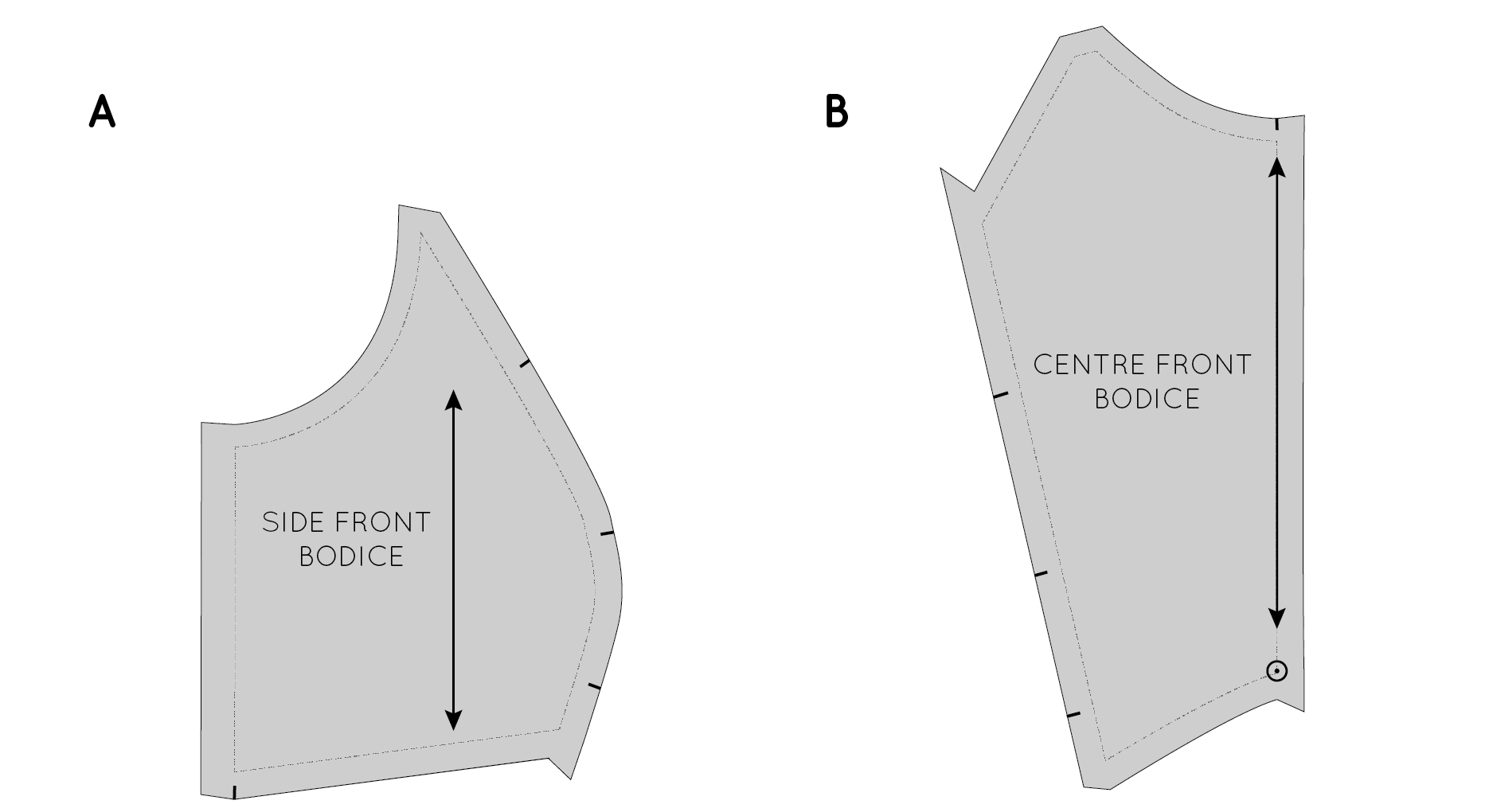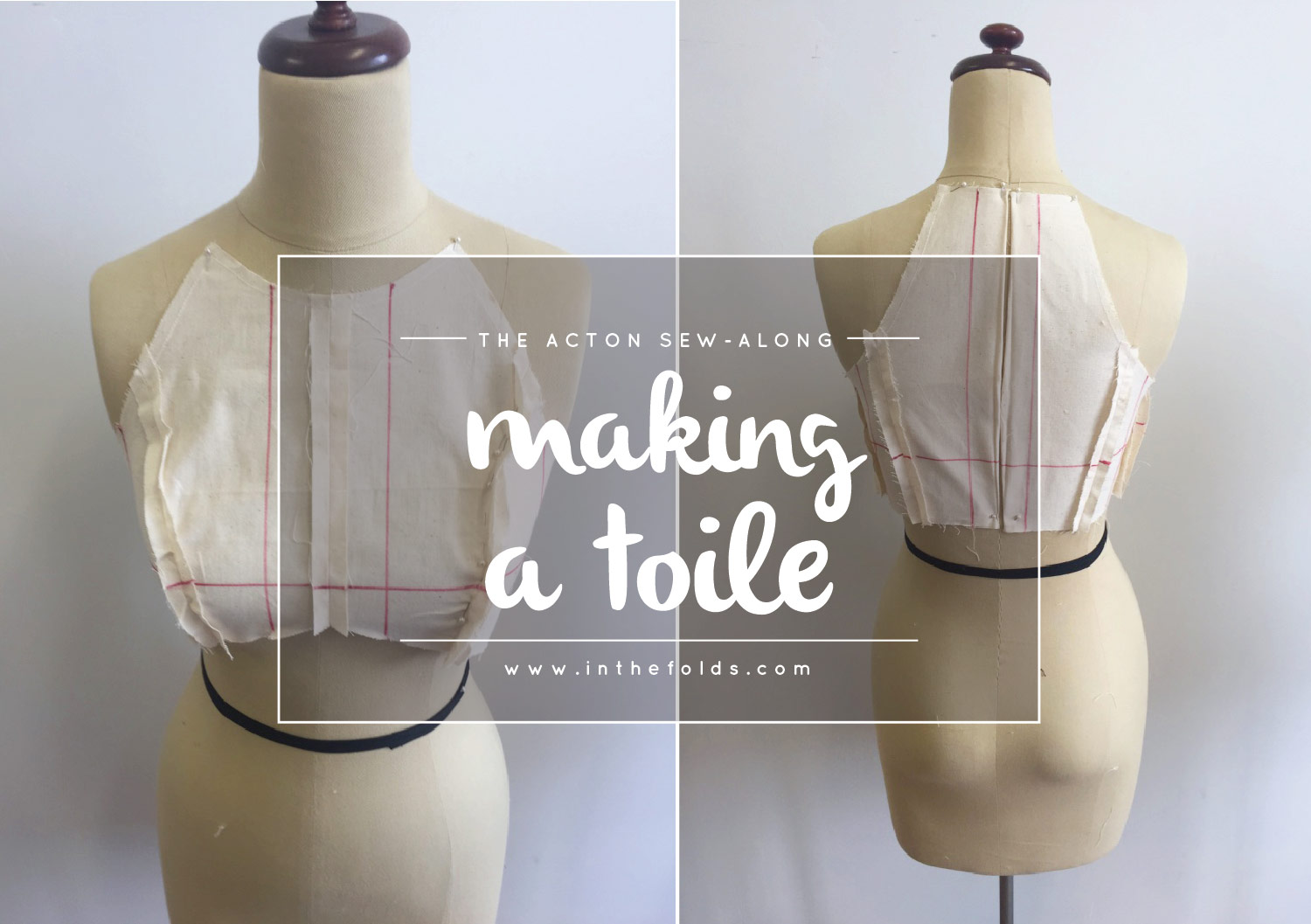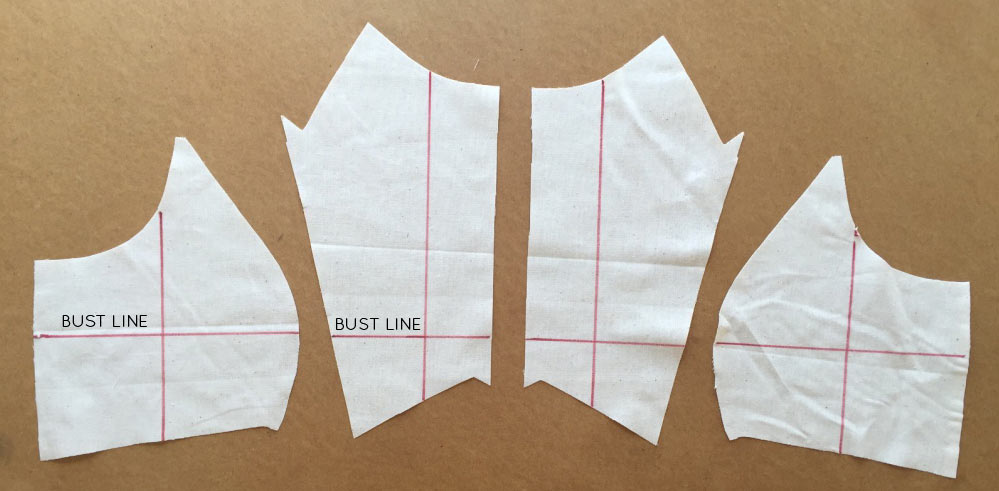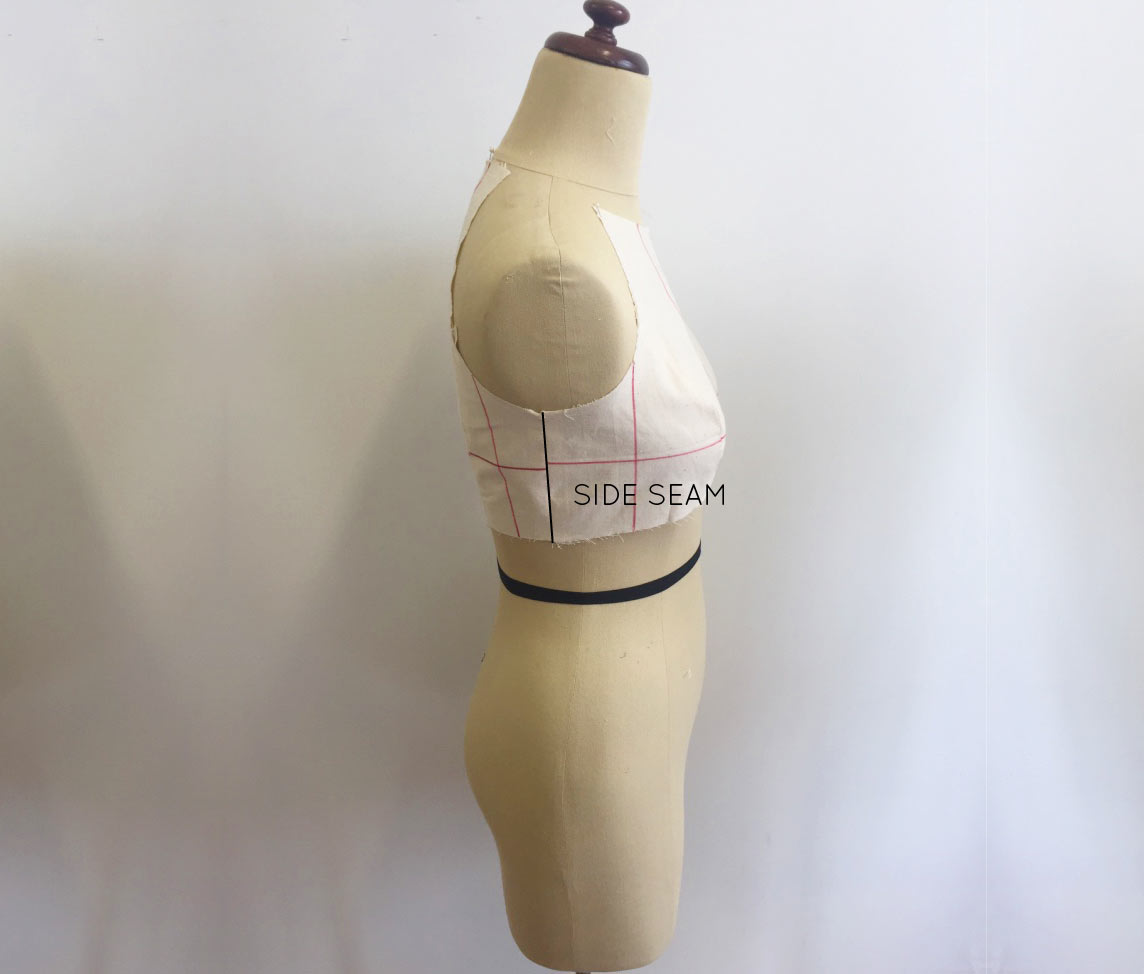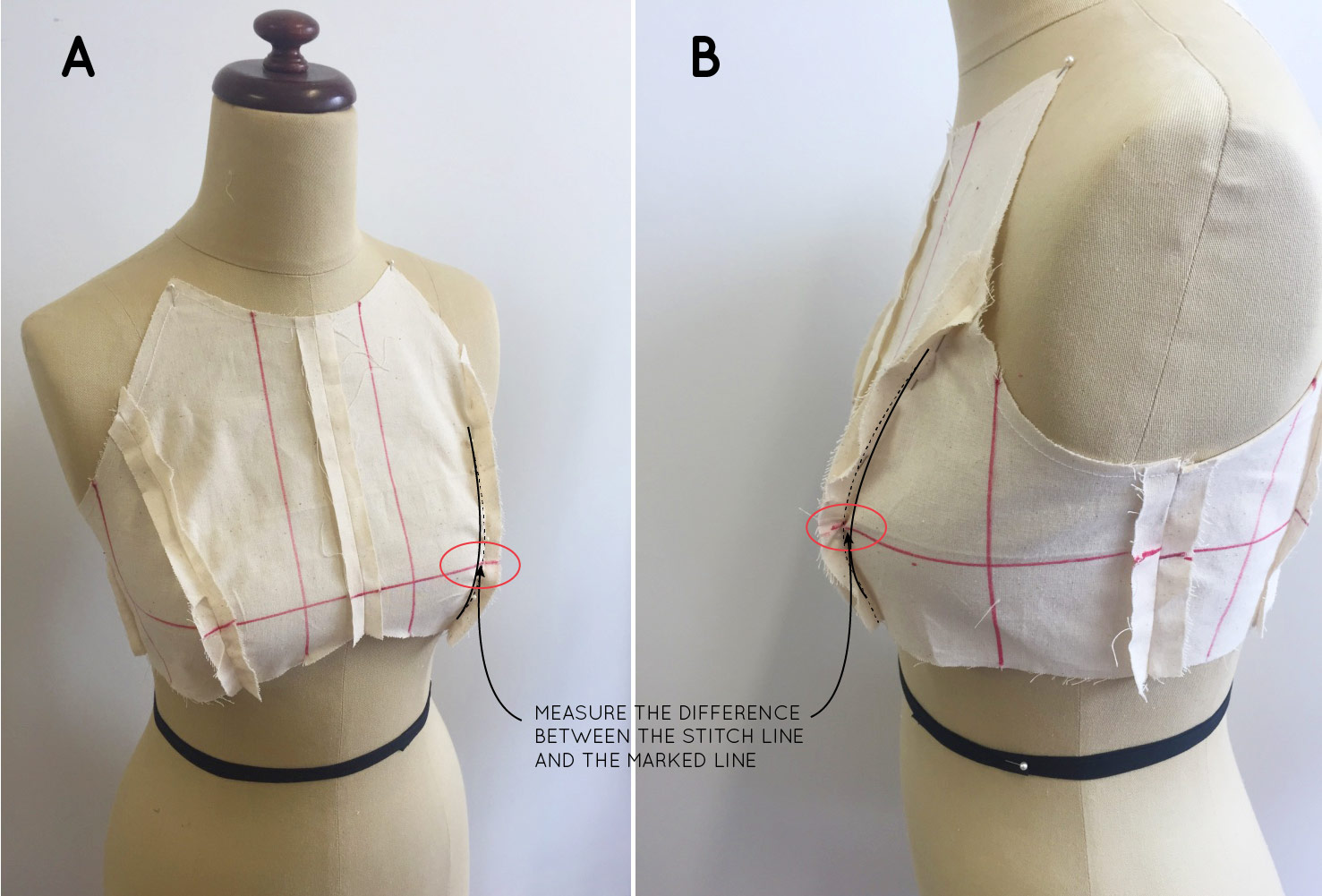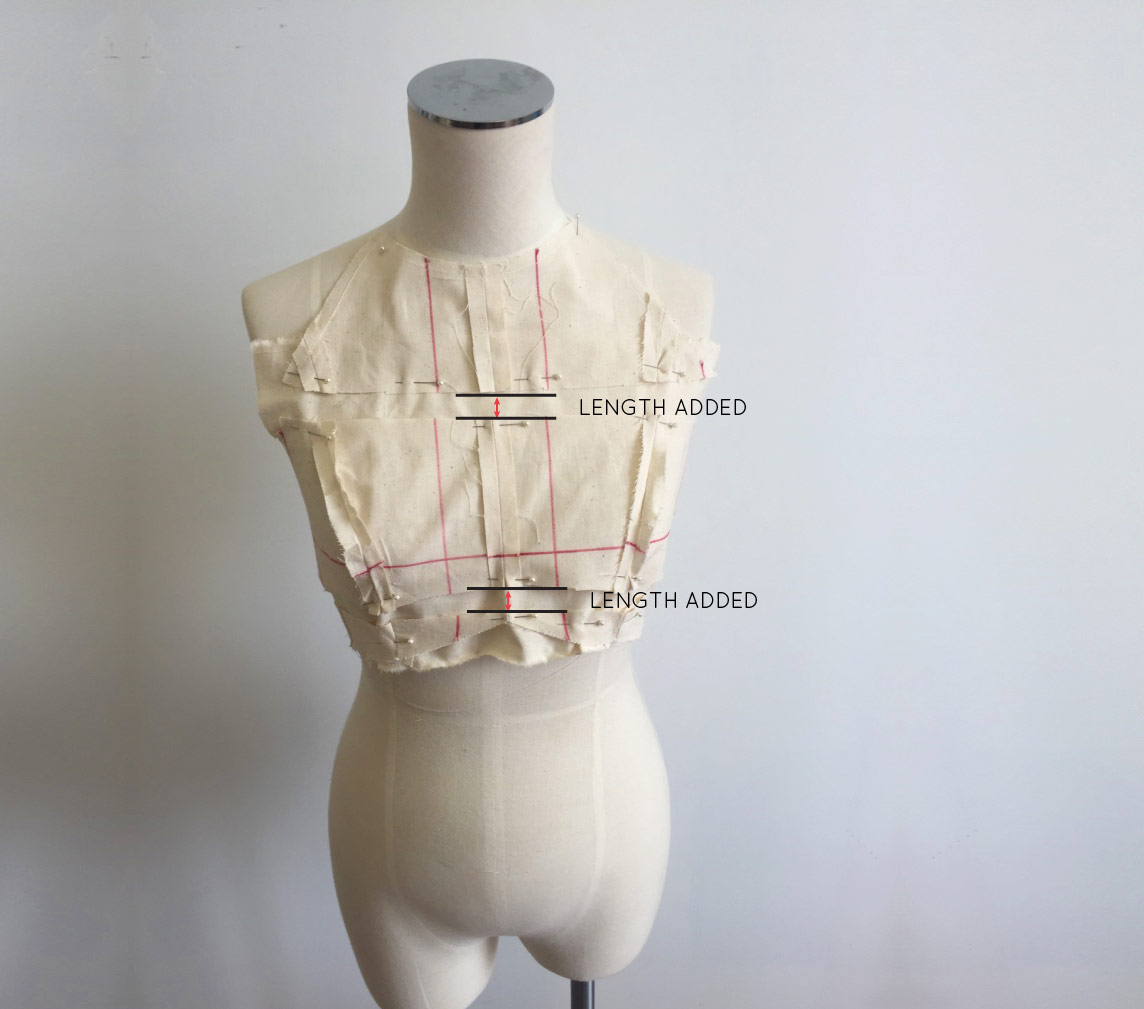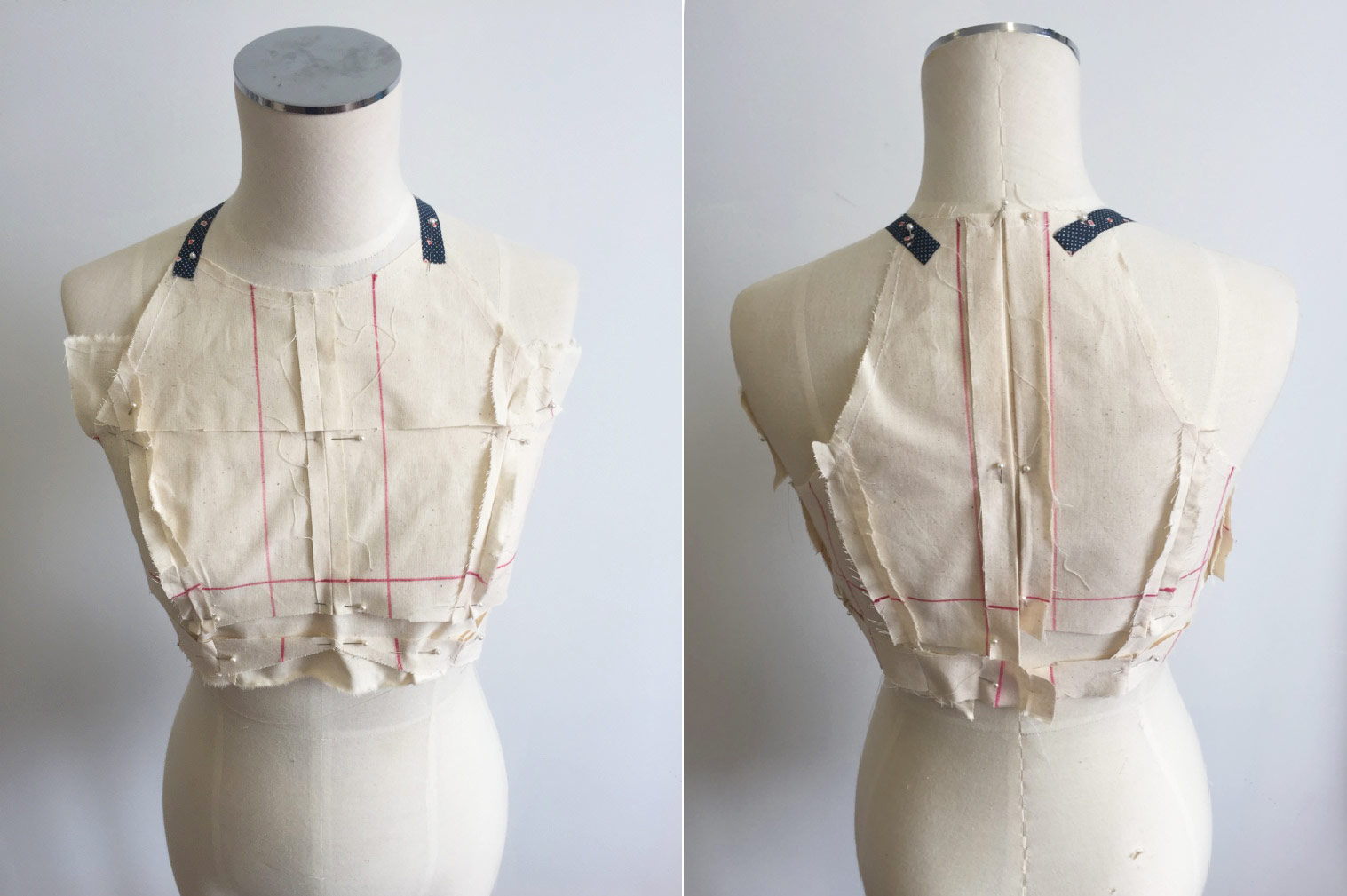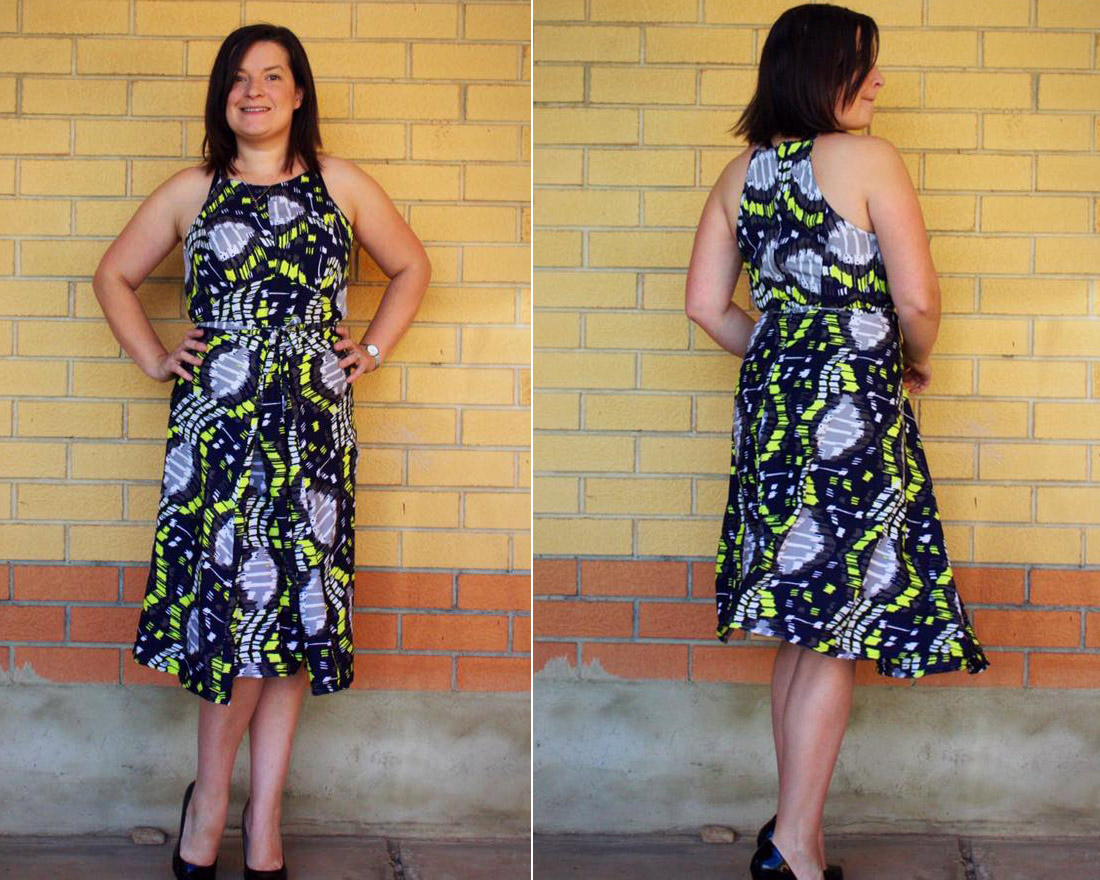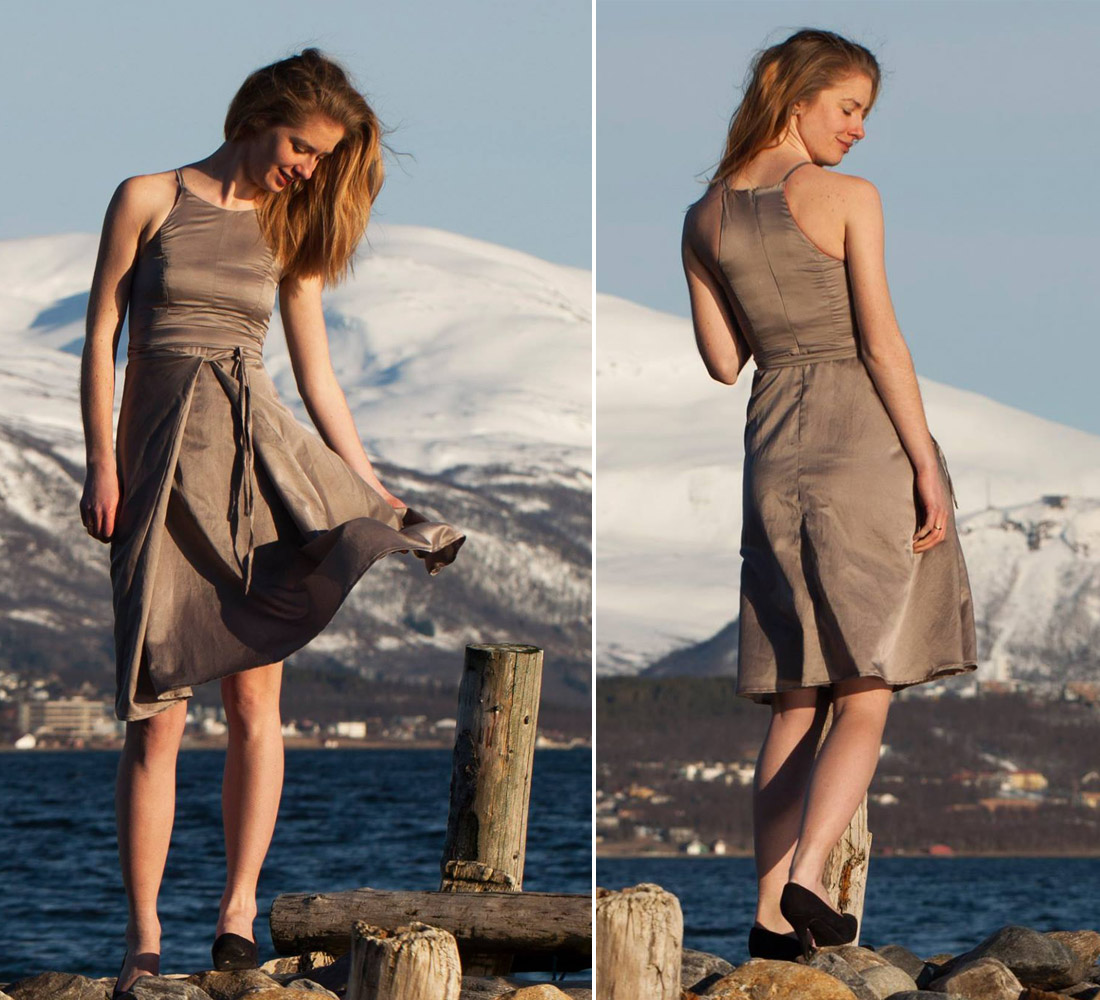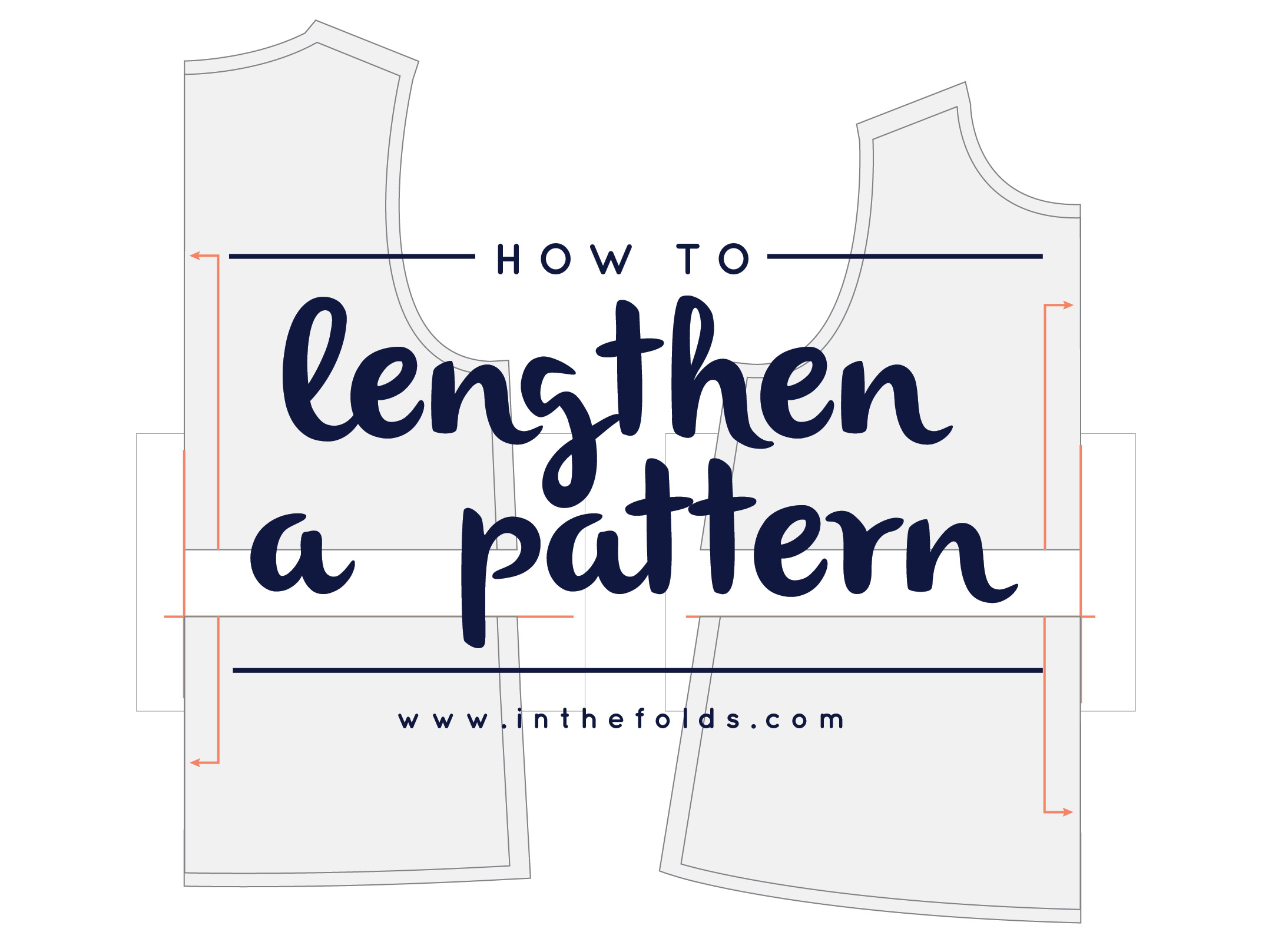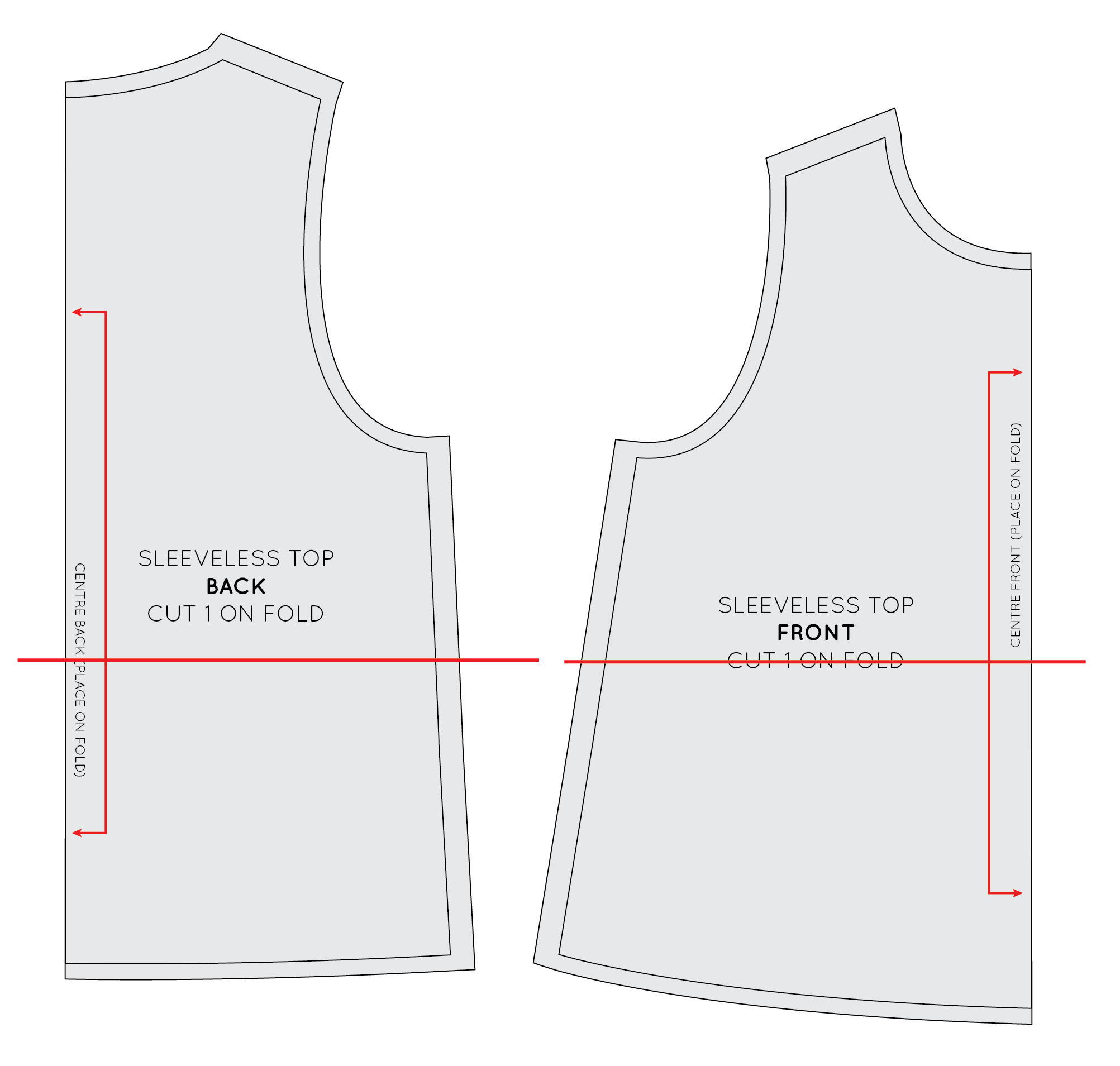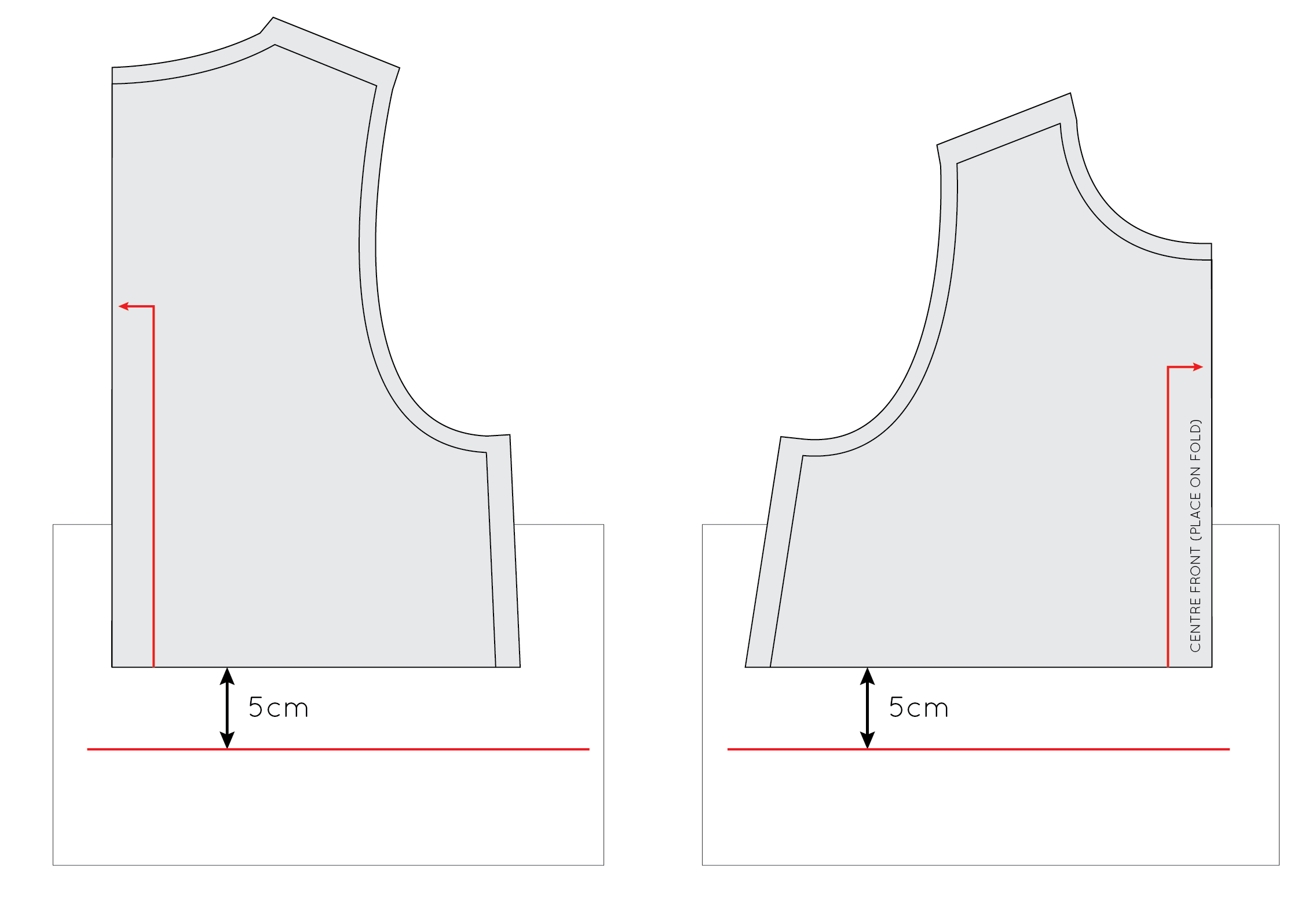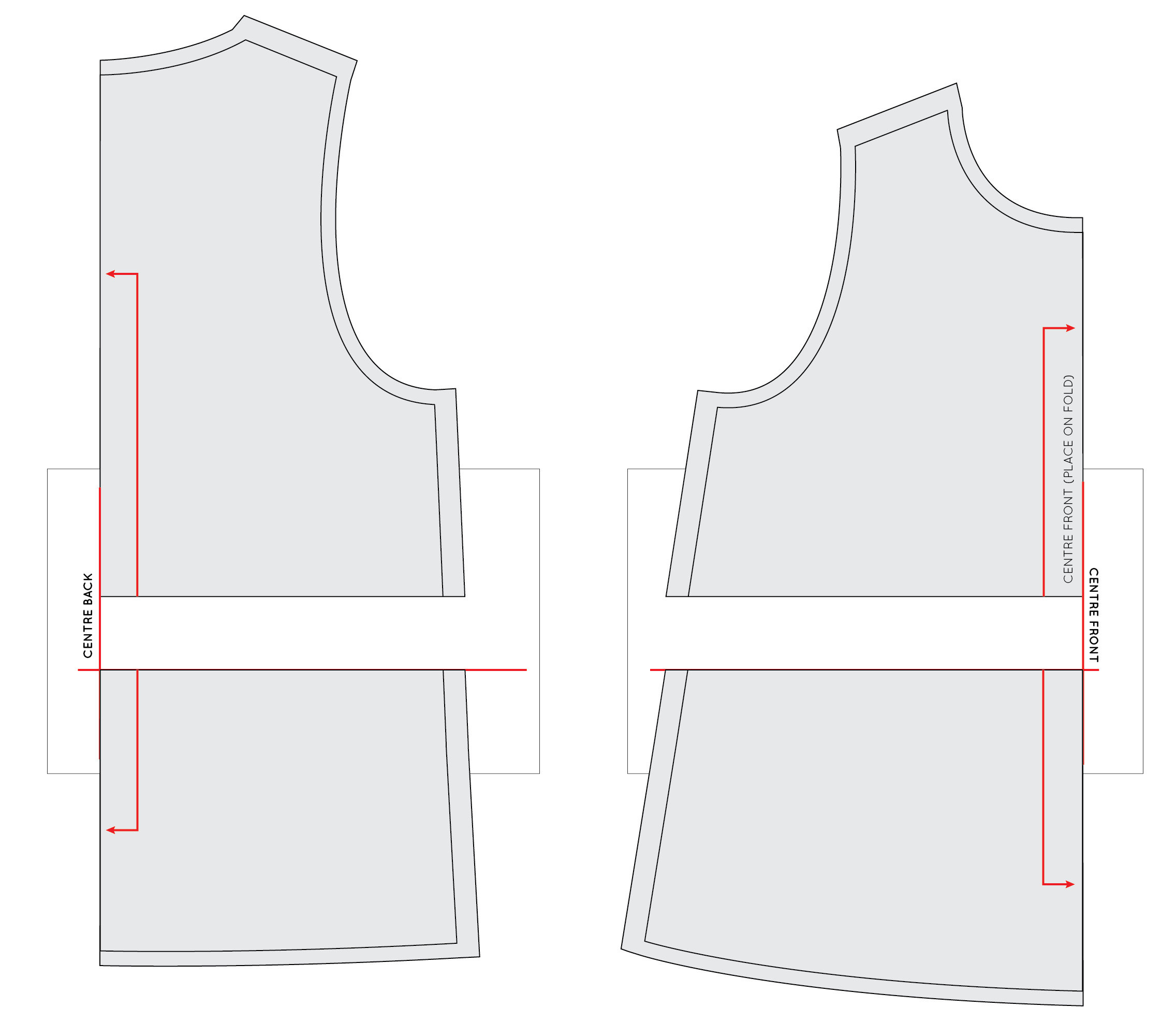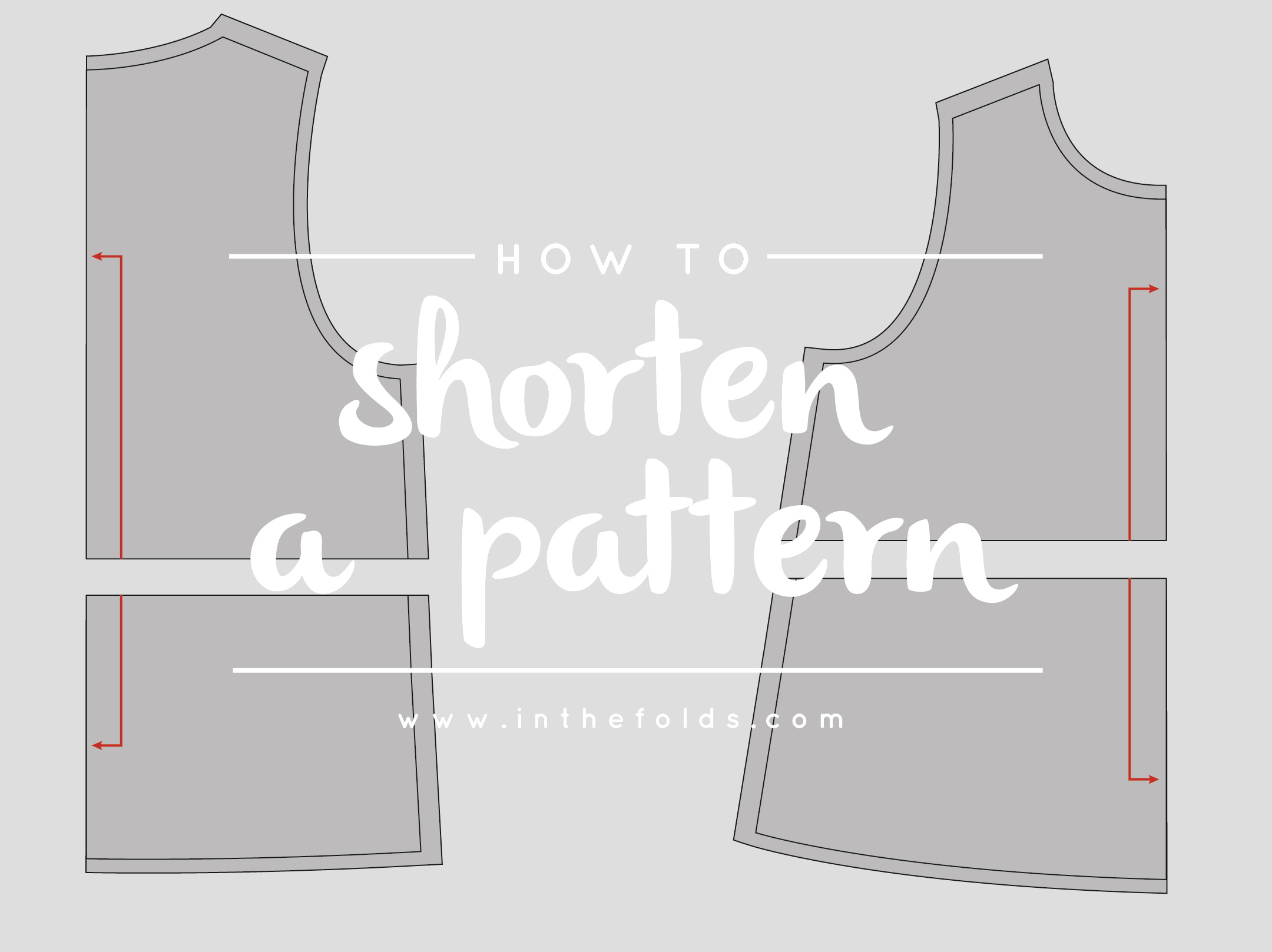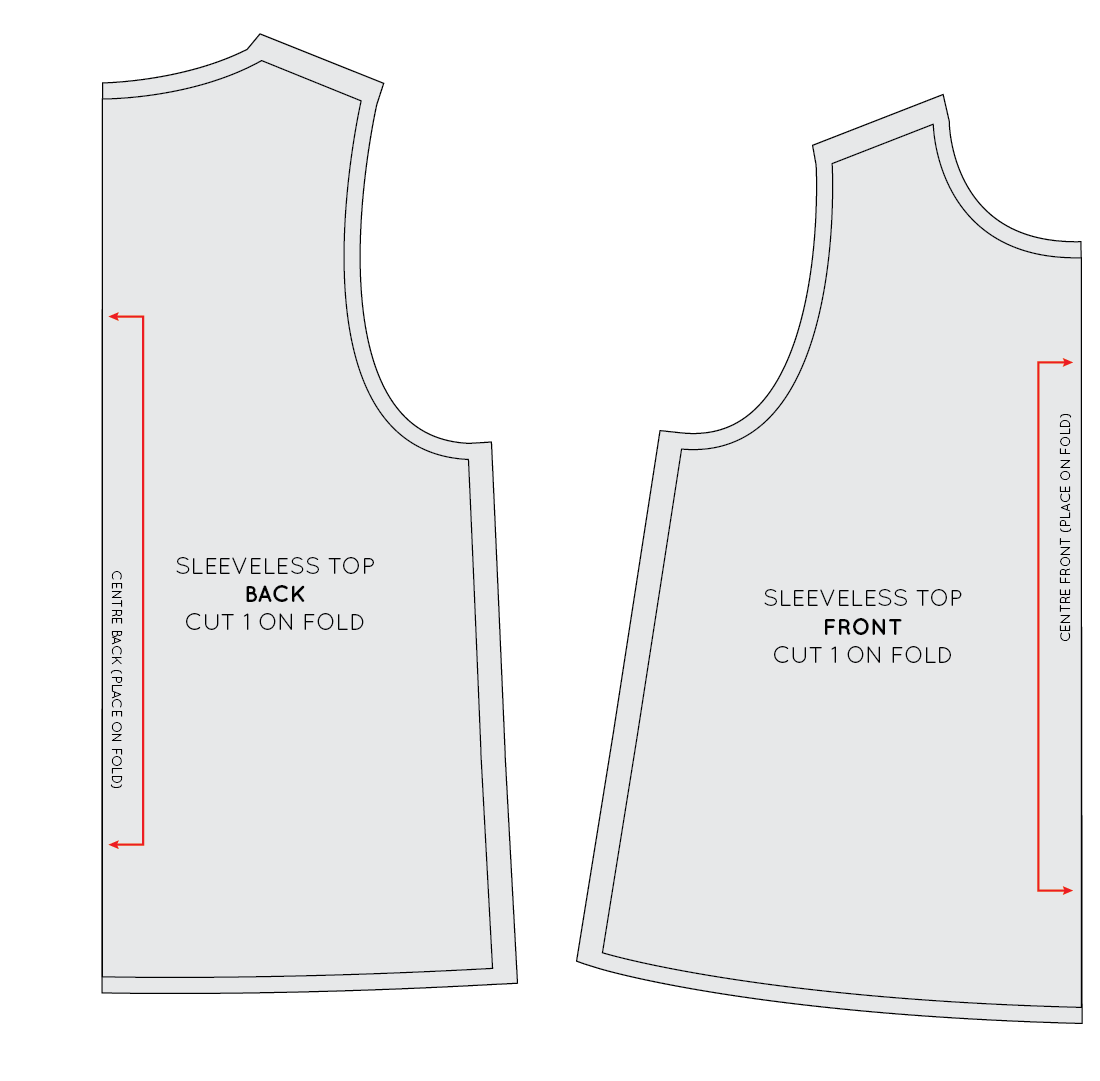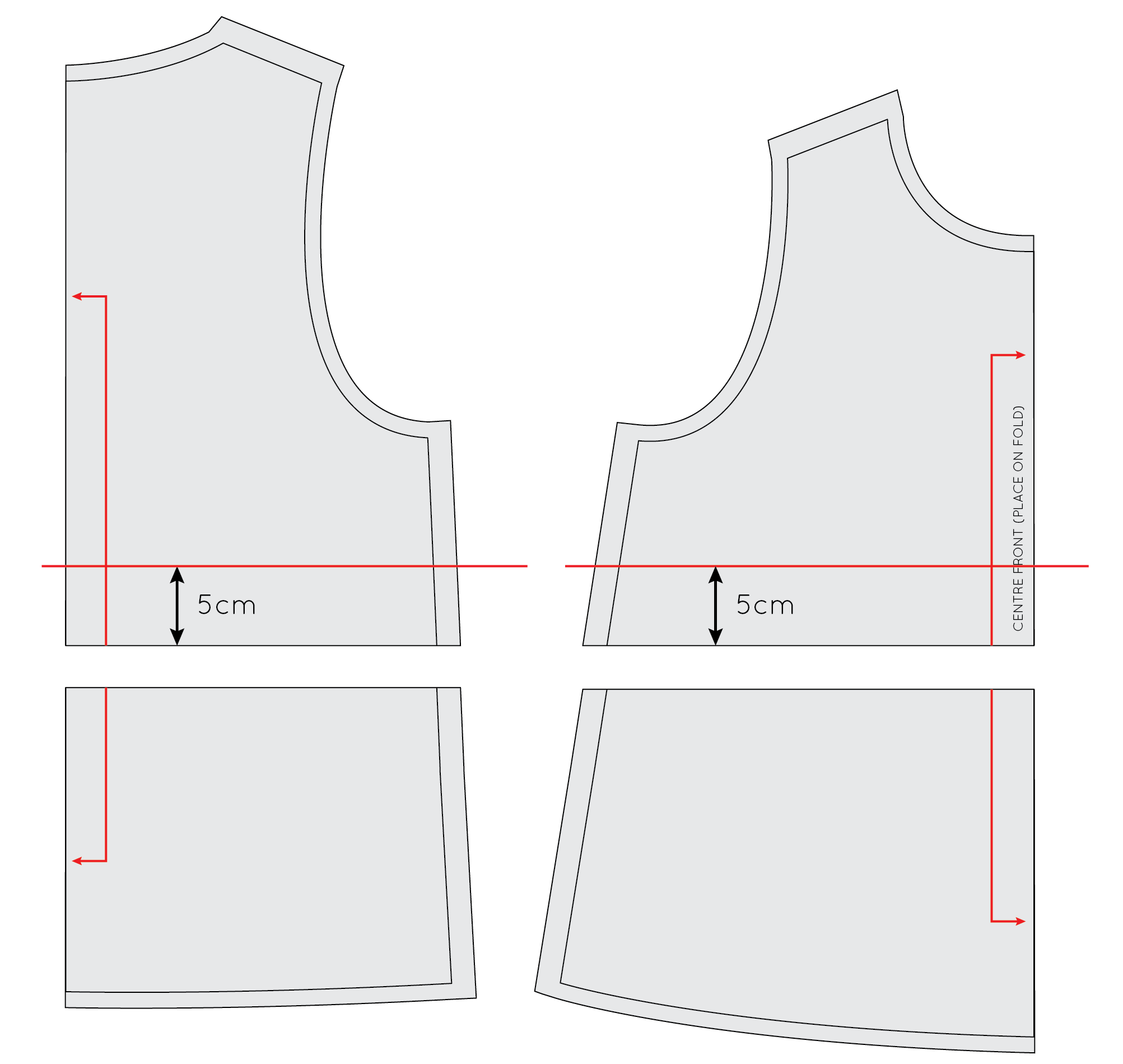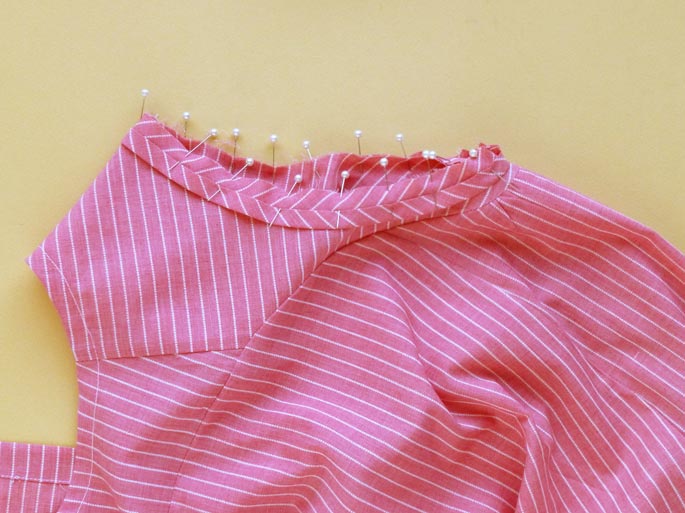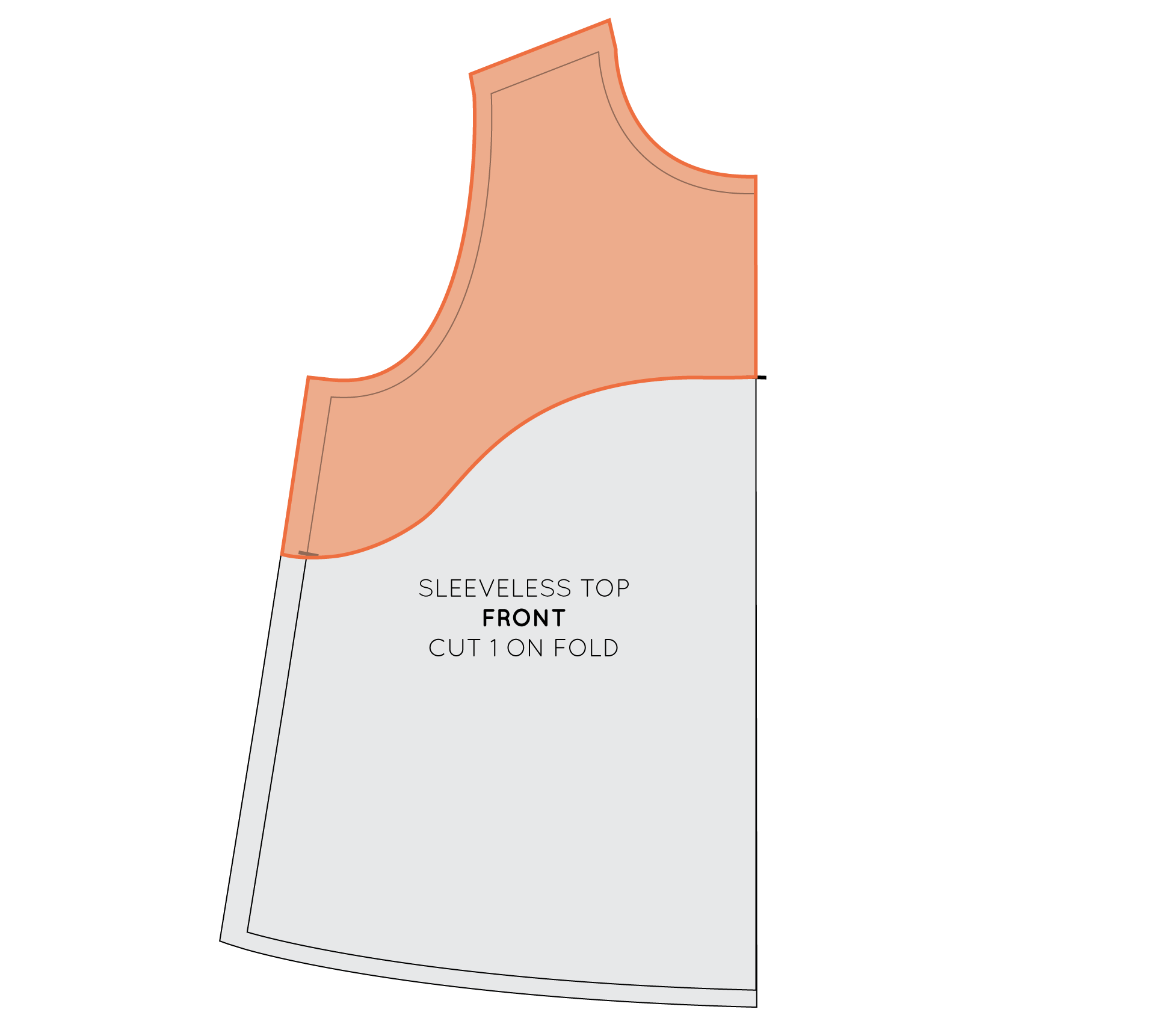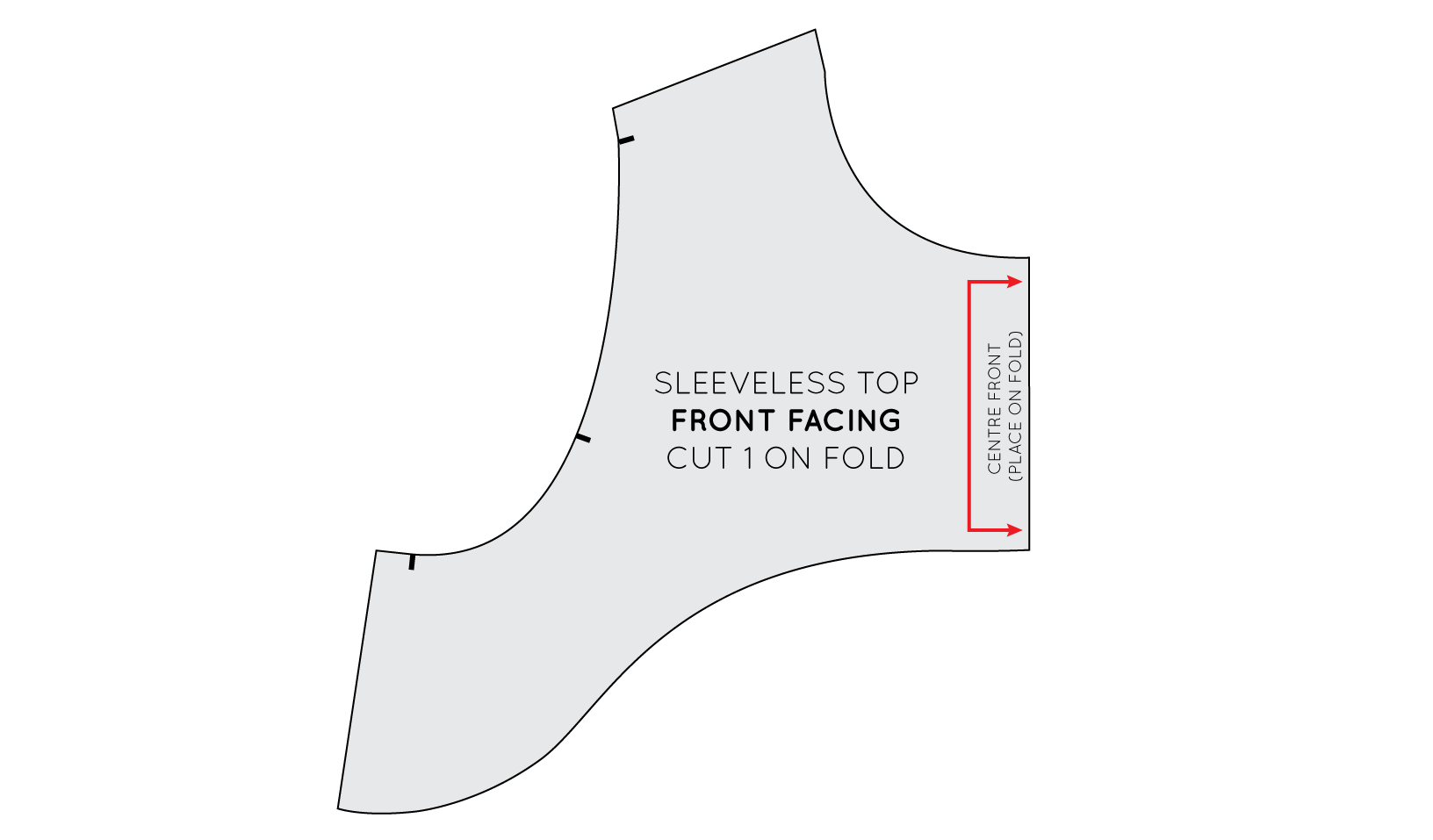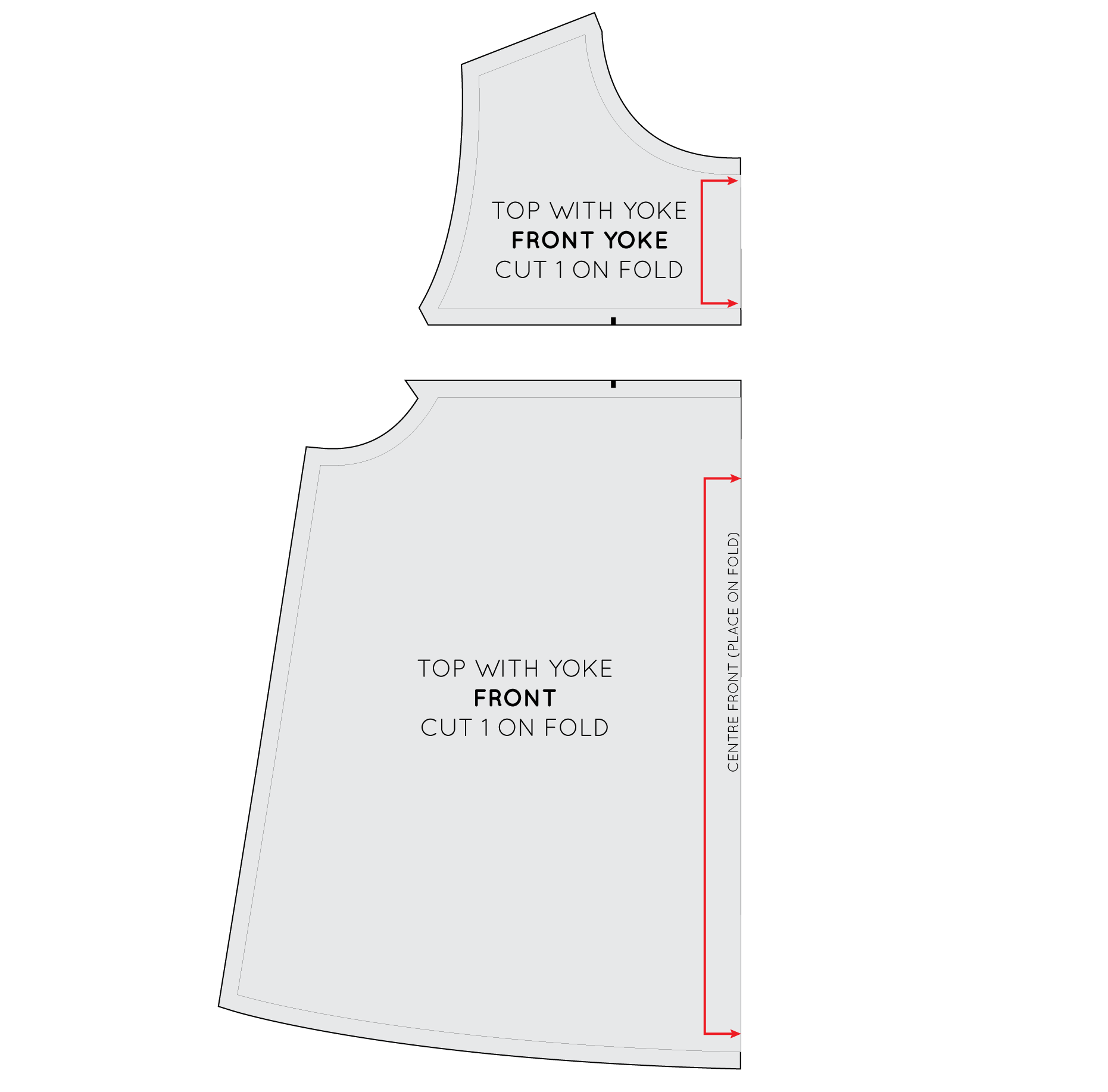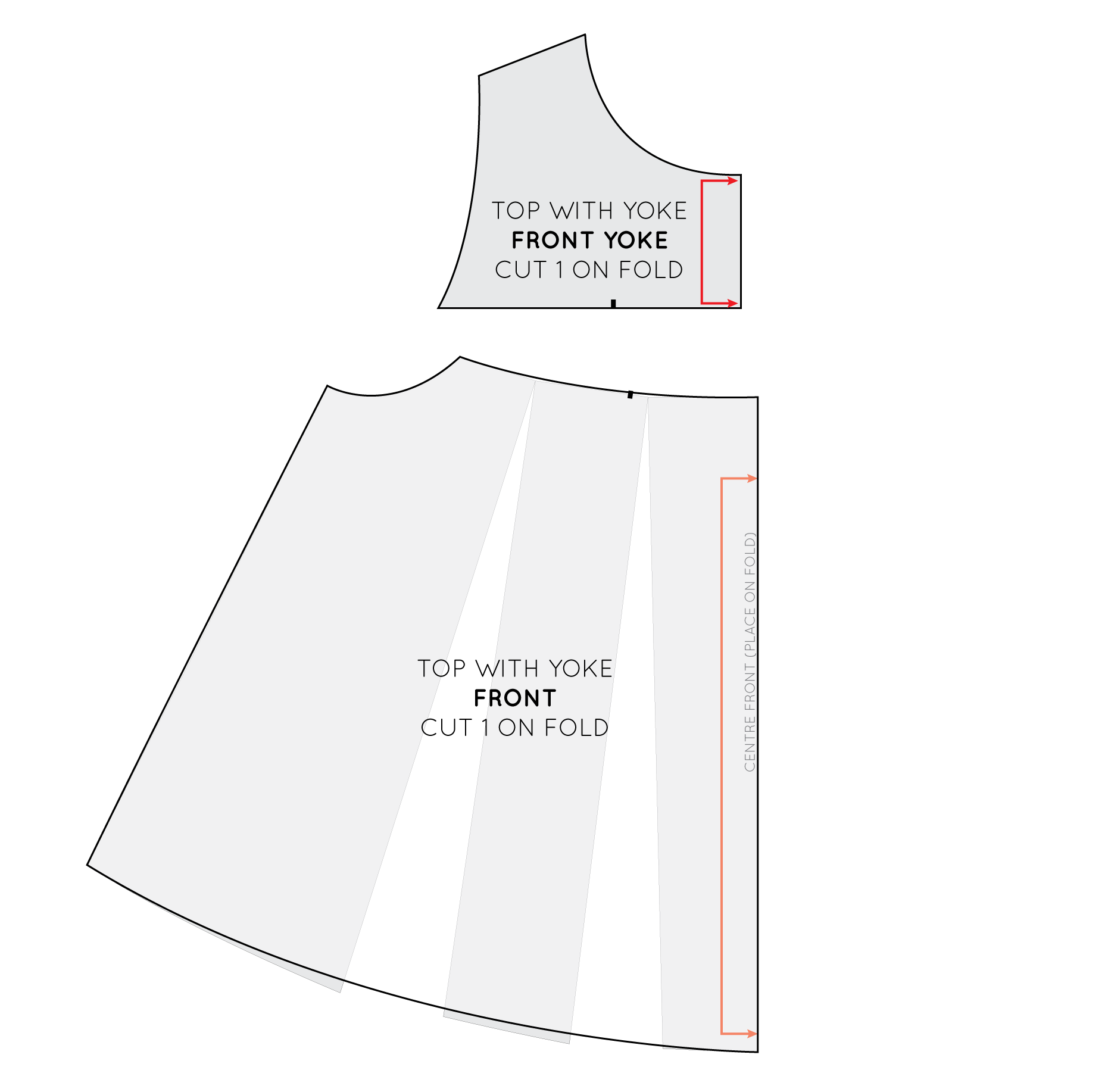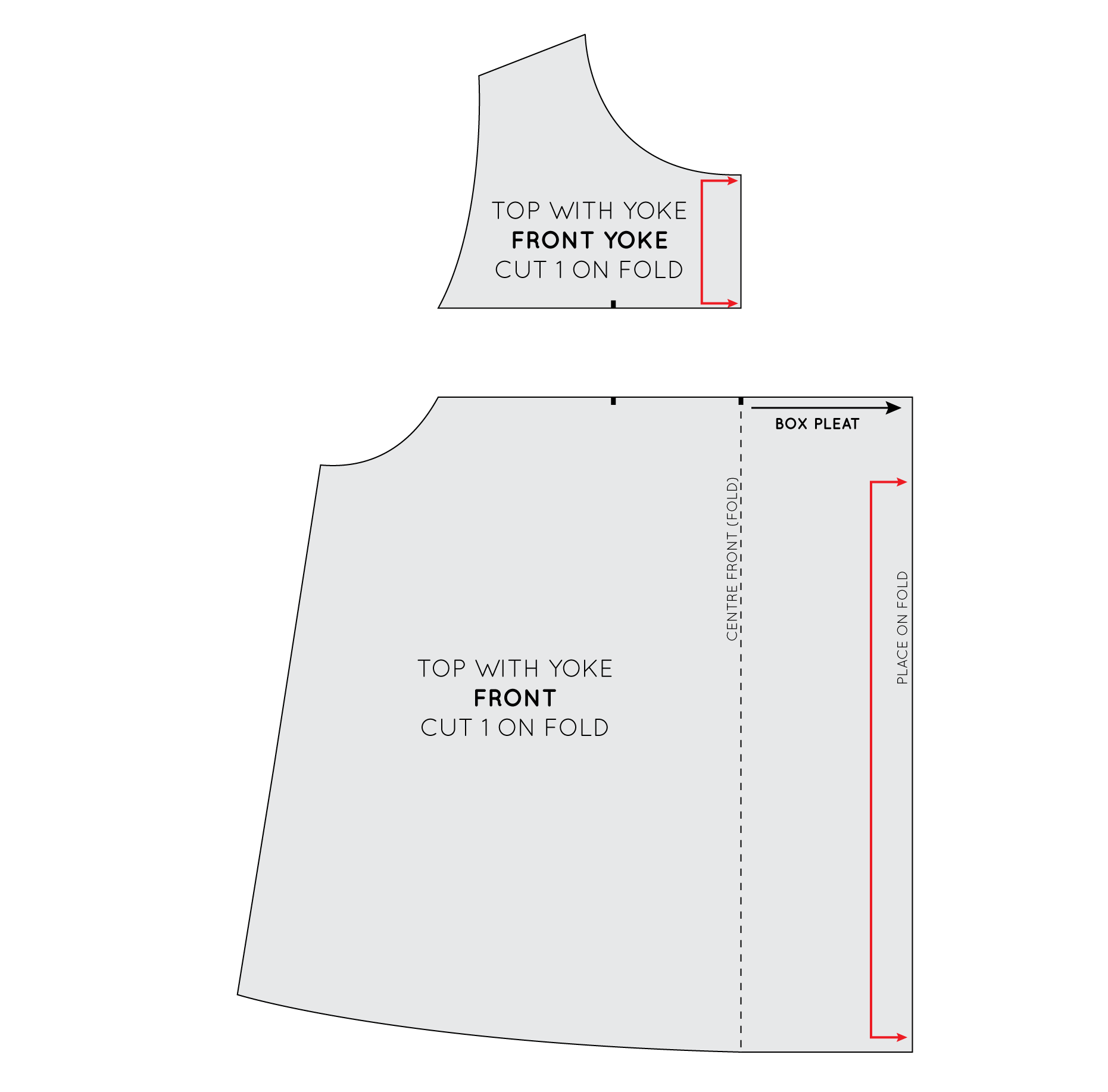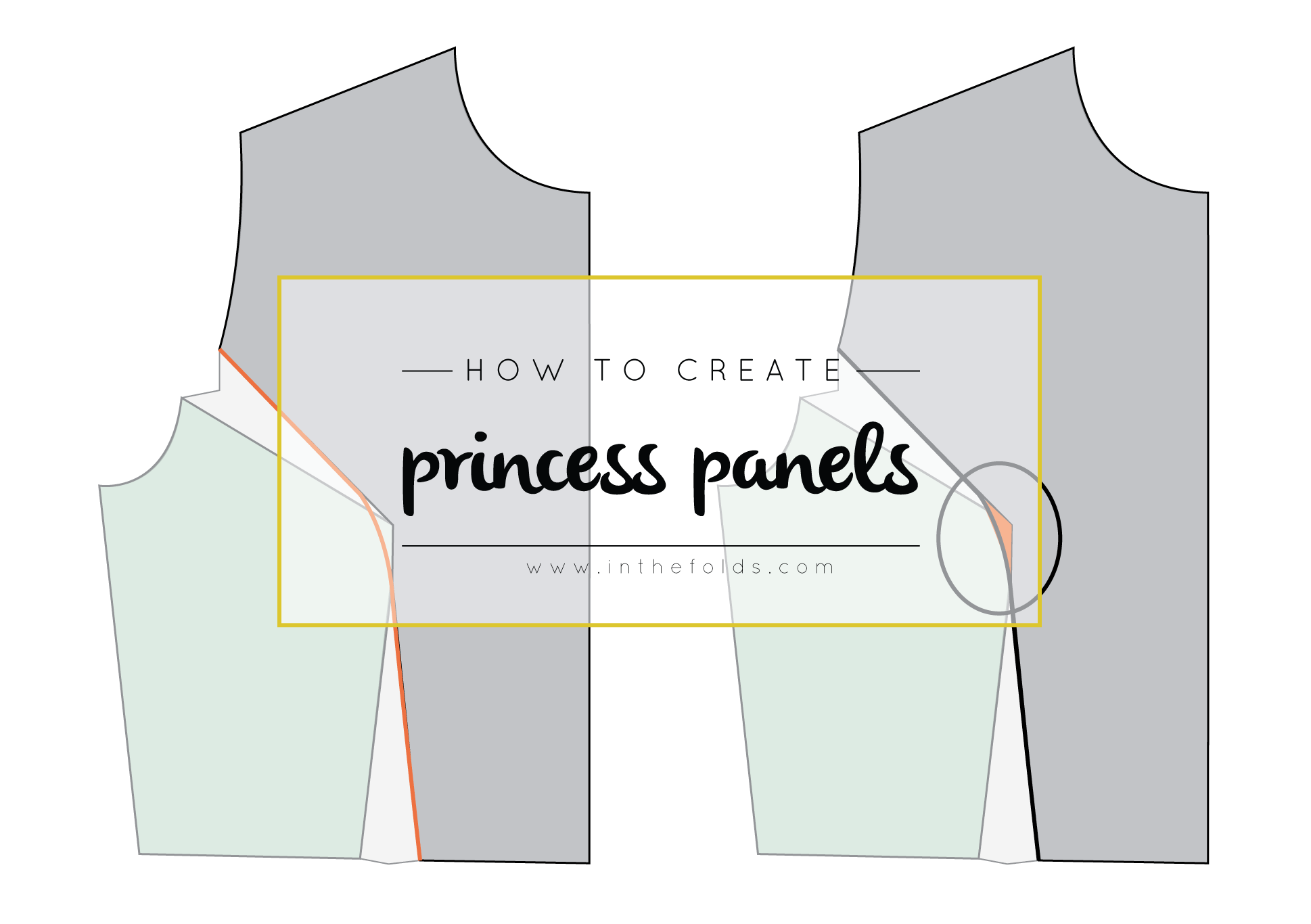I'm very excited to announce that I am ready to test my next pattern! I am also very excited as this is one is a little more (actually a lot more) beginner friendly than the Rushcutter and the Acton. I am pumped to be able to offer something for sewists who aren't ready to take on my more challenging patterns, but would like to know what In the Folds patterns are all about.
I always feel a little daunted about going into the testing period. Putting a pattern out there for the first time can be a little scary, but also it is a lot of work. I normally select about 20 women to help me test, so testing involves communicating with all the testers, ensuring everyone feels comfortable and knows what to do, as well as being available to answer any questions or discuss suggestions. Through the previous tests I've done, I have somewhat streamlined the process, but I knew that this time I needed to really make a big change to the way I have been doing things. Just going through all the applications is very labour intensive, and as a one-woman show, it just feels like an impossible task.
So I have decided that for this round of testing, I'm going to mix things up a bit. With the hope of being more inclusive, giving everyone a far chance of being selected, and hopefully saving myself some time, I'll be trying out the "first in, best dressed" method. I require two testers for each size in my size range (one for each style), so will go through the emails from the first one down until all spots are filled. I will favour beginners though, as this is a pattern aimed at beginners, so I really need to know how beginners go with it and if I have scaled it correctly - so will need at least a few beginners in the testing pool.
The pattern
I don't want to give too much away, but will give you the garment description (as well as the sneak peak at the top of this post), and hopefully from that you will know if the style is for you. On that note, please only apply if you think it is something you would like to wear. I am very conscious about all that I sew, and I hope you are too. I hate to think of garments being made and never worn, so be mindful of this, and if it doesn't sound like it's for you, then there will always be next time.
The Collins top is a loose-fitting top designed for woven fabrics. It is A-line in shape and
features a round neck, panel lines, a high-low hem and a centre-back opening, with a button and loop closure.
View A
The Collins top (view A) has a three-piece raglan sleeve with a lot of extra volume, for
those warm summer days. The neckline is finished with bias binding.
View B
The Collins top (view B) is sleeveless and the neckline and armholes are finished with an all-in-one facing for a really clean and professional finish.
Suggested fabrics: The Collins top is compatible with a range of different fabrics. Your choice of fabric will govern the silhouette you achieve. Consider using light to mid-weight fabrics such as: linen, linen blends, cotton, gauze or chambray. For a softer silhouette, consider sateen, silk (crepe de chine or habotai) or viscose (rayon). Be careful if you are a
beginner though, as these fabrics are a little trickier to sew.
Here is what you need to know:
- Testing involves you making the garment - as it was originally intended (no pattern hacking etc.) and providing honest and constructive feedback on the making experience and finished garment. In exchange for your involvement, you will receive a free copy of the pattern on it's release. You will also have my sincere gratitude for being part of it!
- Testing will run from this weekend (January 13/14) for two weeks. Feedback and fitting photos (these don't need to be styled) will be due on Monday, January 30. Please only apply if you can complete the project in the time frame.
- Testing will be conducted through a Facbook group, so please only apply to test if you are happy to join the group. I have found that testing in this way makes it much more fun for the testers, as you get to connect with other makers and sew the project together! It also means that if you have a question, there is a large knowledge pool that can get back to you (just in case it's night time here in Australia).
How to apply:
If you would like to apply, please email testers@inthefolds.com - but before doing that, please continue reading. I will not accept applications that do not include the following information in the SUBJECT LINE.
All I need in the email is for you to put three key pieces of information in the subject line so that I can quickly and easily worth through the applications.
I need to know:
- Your size on the In the Folds sizing chart - to work it out look here. Keep in mind that this is a loose fitting top, so your bust measurement is the most important.
- The style you would like to make (sleeveless, sleeves, or either - if you don't have a preference)
- Your skill level. Please use this skill scale to place yourself
So for example, you may write: Size C - sleeveless - Level 5
And that's it. That's all I need to know! If you are applying, I will assume you agree to the time frame and being part of the Facebook group.
I am really looking forward to working with some of you, and hopefully meeting lots of new people in the process!



